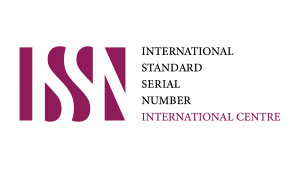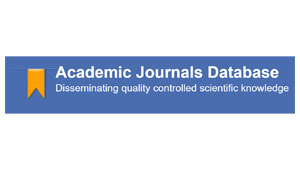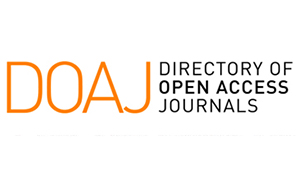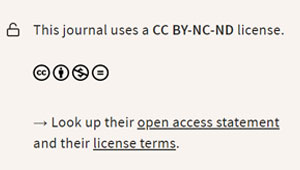Rubén Arístides Palomino Tenorio
DOI: 10.59427/rcli/2023/v23cs.1520-1526
The objective of this article is to determine the impact of the COVID-19 pandemic on maternal mortality in sexual and reproductive health services in the Ancash region, Peru. This investigation allowed to demonstrate the precarious health situation of the country and a segmented and fragmented health system, which mainly affected maternal-neonatal health, with an increase in cases of spontaneous abortions, placental alterations, maternal and fetal deaths, dystocic and premature births. The focus of this research is qualitative descriptive and a meta-analysis has been carried out, consulting various databases, such as PUBMED, SCOPUS, SCIELO and DIALNET, analyzing 35 articles with an age range of 2 years and in the Spanish languages. and English. The statistical data collected on the maternal mortality ratio was during the COVID-19 pandemic (2020 – 2022). A notable increase was observed in Peru: 54% in 2020 and 56% in 2021. Hypertensive disorders of pregnancy were identified as a direct cause in both years, while COVID-19 became the third and first indirect cause in the years 2020 and 2022, respectively. COVID-19 has presented a multifactorial negative impact, with emphasis on the reduction in the provision of sexual and reproductive health services. Pregnant women infected with SARS-CoV-2 during the period 2020-2022 have increased the maternal mortality rate by a marked percentage and moderate and severe cases have described some specific comorbidities.
Pág 1520-1526, 12 Aug








